Table Of Content
- Why Lightweight Tents Are Essential for Backpacking Adventures
- Benefits of Choosing a Top-Quality Lightweight Tent
- Factors to Consider When Selecting the Best Backpacking Tents
- Critical Elements for the Ultimate Backpacking Tent Guide
- Key Features to Look for in the Best Backpacking Tents
- Durability
- Weight
- Weather Resistance
- Ventilation
- Easy Setup
- Interior Space
- Packability
- Comparing Different Materials Used in Camping Lightweight Tents
- Silnylon
- Cuben Fiber
- Polyester
- Nylon
- Top Tips for Choosing the Right Size and Capacity in a Backpacking Tent
- Consider the Number of Sleepers
- Look at the Tent Dimensions
- Weight Matters
- Setting Up Your Backpacking Tent Quickly and Efficiently
- Choose the Right Campsite
- Practice at Home
- Simplify the Setup Process
- Follow the Instructions
- Stay Dry and Comfortable: Importance of Proper Ventilation in Lightweight Tents
- The Benefits of Adequate Ventilation
- Innovative Ventilation Designs
- Tips for Maximizing Ventilation
- Protecting Your Lightweight Tent: Best Practices for Maintenance and Care
- Regular Inspection and Cleaning
- Proper Storage
- Handle with Care
- Weather Protection
- Frequently Asked Questions (FAQs)
- What are lightweight tents?
- What factors should I consider when choosing the best backpacking tent?
- How do I choose the proper lightweight camping tent for my needs?
- What are some of the best backpacking tents available in the market?
- Can lightweight tents withstand harsh weather conditions?
- How to properly maintain a backpacking tent?
Welcome, fellow outdoor enthusiasts and adventurers, to the ultimate guide to lightweight tents—your essential companion for the best backpacking experiences! As a seasoned explorer who has roamed breathtaking trails and wilderness landscapes, I understand the significance of reliable and portable camping gear. In this comprehensive backpacking tent guide, we will delve into the world of lightweight tents, exploring the top options that offer both durability and comfort on your expeditions.
When embarking on a backpacking adventure, the weight of your camping gear can significantly affect your overall experience. That’s where lightweight tents come into play, offering a perfect balance of convenience and performance. Whether you’re a solo hiker seeking solitude in the mountains or a group of friends setting up camp by the lakeside, choosing the right lightweight tent is crucial for a memorable outdoor trip.
From durable materials to innovative designs, the best backpacking tents are engineered to withstand various weather conditions while providing cozy shelter after hiking. With many available options, selecting the ideal lightweight tent can be overwhelming. Fear not, as this guide aims to simplify your decision-making process by highlighting key features and considerations when choosing a backpacking tent.
So, gear up and get ready to elevate your camping experience with the perfect lightweight tent companion. Let’s dive into the world of backpacking tents and discover the top contenders that will enhance your outdoor adventures. Are you ready to embark on a journey filled with exploration, serenity, and the beauty of nature? Let’s begin our quest together!
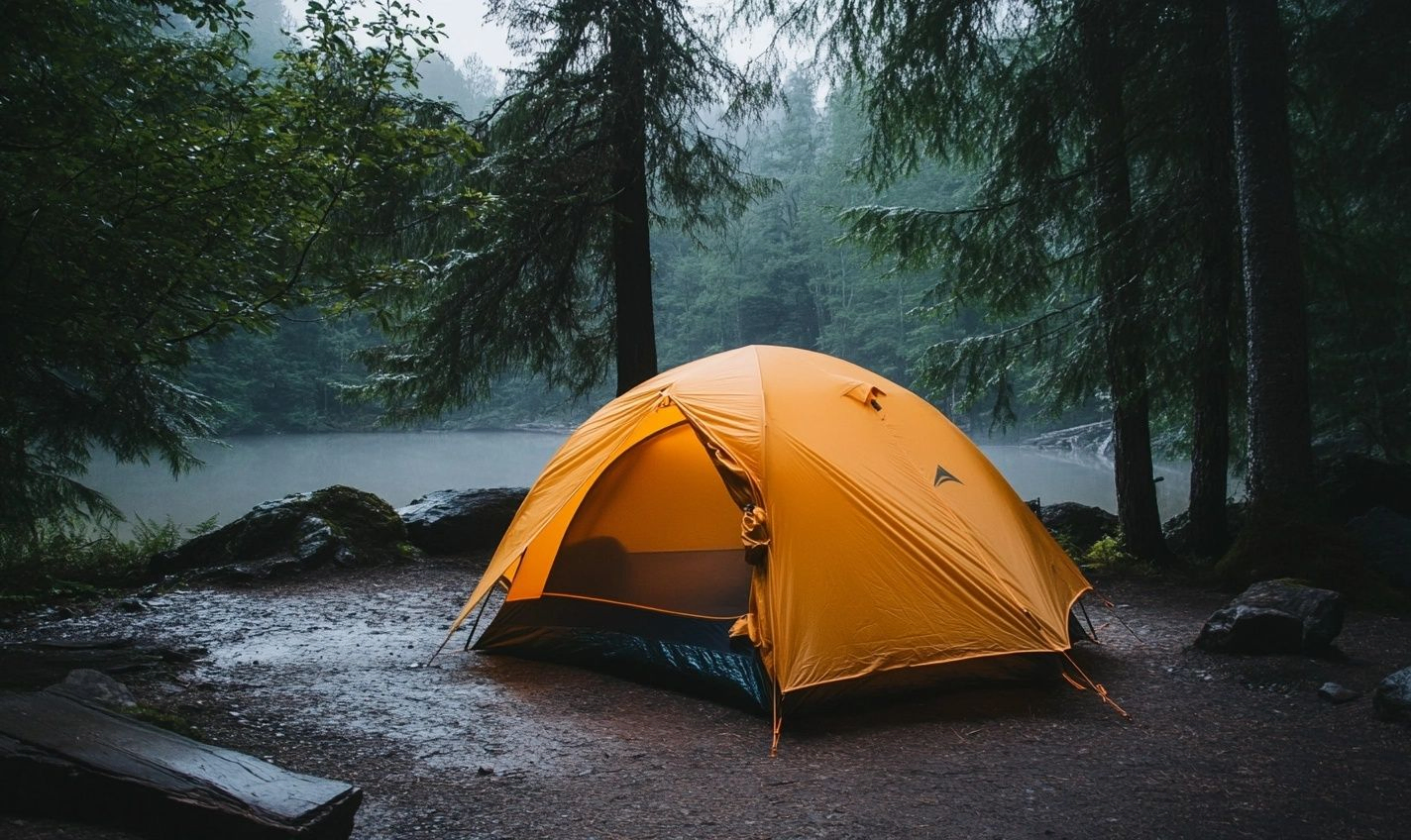
Why Lightweight Tents Are Essential for Backpacking Adventures
Picture this: you’re hiking through rugged terrain, surrounded by nature’s beauty, with everything you need strapped to your back. The sun is setting, and it’s time to set up camp. Your choice of lightweight tent can make or break your backpacking experience.
Benefits of Choosing a Top-Quality Lightweight Tent:
- Portability: Easy to carry, ideal for long hikes.
- Comfort: Compact yet roomy enough for a good night’s sleep.
- Durability: Withstands the elements without weighing you down.
Factors to Consider When Selecting the Best Backpacking Tents:
- Weight: Aim for under 5 pounds for easy transport.
- Weather Resistance: Look for waterproof materials and sturdy construction.
- Ventilation: Proper airflow prevents condensation buildup.
When embarking on a backpacking trip, your lightweight camping tent serves as your sanctuary, protecting you from the elements and offering a cozy retreat after a day of exploration. Choosing the right tent is not just about shelter; it’s about creating a home away from home.
Critical Elements for the Ultimate Backpacking Tent Guide:
And so, the quest for the best backpacking tent begins. Here are a few key considerations to keep in mind:
- Size and Capacity: Ensure your tent comfortably accommodates you and your gear.
- Setup Time: Look for easy-to-pitch designs for hassle-free camping.
- Maintenance: Follow proper care practices to extend your tent’s lifespan.
Remember, when it comes to backpacking tents, less is more. Lightweight, compact, and reliable – these are the traits that make a tent a true adventurer’s companion. So, before you hit the trails, ensure you’ve invested in a tent that’s up for the challenge.
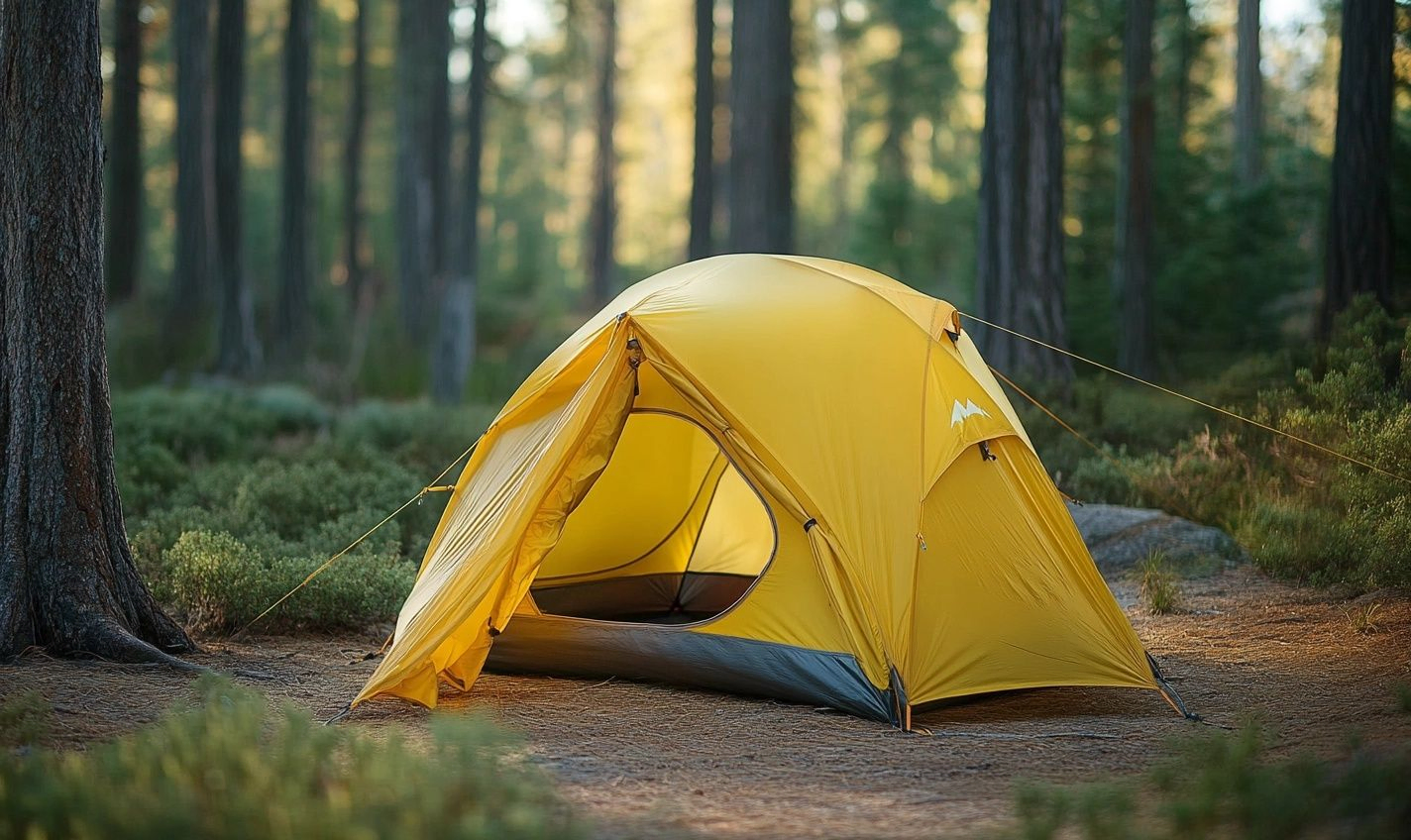
Key Features to Look for in the Best Backpacking Tents
Choosing the right backpacking tent is crucial for a successful outdoor adventure. To ensure you invest in a quality tent that meets your needs, here are some key features to look for:
Durability:
When out in the wilderness, your tent is your primary shelter. Look for lightweight tents made from durable materials like ripstop nylon or polyester to withstand rough terrain and unpredictable weather conditions.
Weight:
Backpacking involves carrying all your gear on your back, so opt for a lightweight tent that won’t weigh you down. Choose a tent that balances weight and durability for the best performance on the trail.
Weather Resistance:
Choose a tent with waterproof materials, sealed seams, and a high hydrostatic rating to ensure it can withstand the elements. A rainfly and vestibule can provide extra protection against rain and wind.
Ventilation:
Proper airflow is essential for a comfortable night’s sleep. Look for tents with mesh panels and adjustable vents to prevent condensation buildup and ensure good air circulation inside the tent.
Easy Setup:
When you’re tired after a long day of hiking, a tent that is quick and easy to set up is a lifesaver. Look for freestanding tents with color-coded poles for hassle-free assembly, even in low-light conditions.
Interior Space:
Consider the size and layout of the tent to ensure it offers enough space for you and your gear. Look for tents with multiple doors and vestibules for easy entry and extra storage space.
Packability:
A compact, lightweight tent that packs small is essential for backpacking trips. Look for tents with a compression sack to minimize the space it takes up in your backpack.
Considering these critical features in the best backpacking tents, you can choose a tent to enhance your outdoor experience.
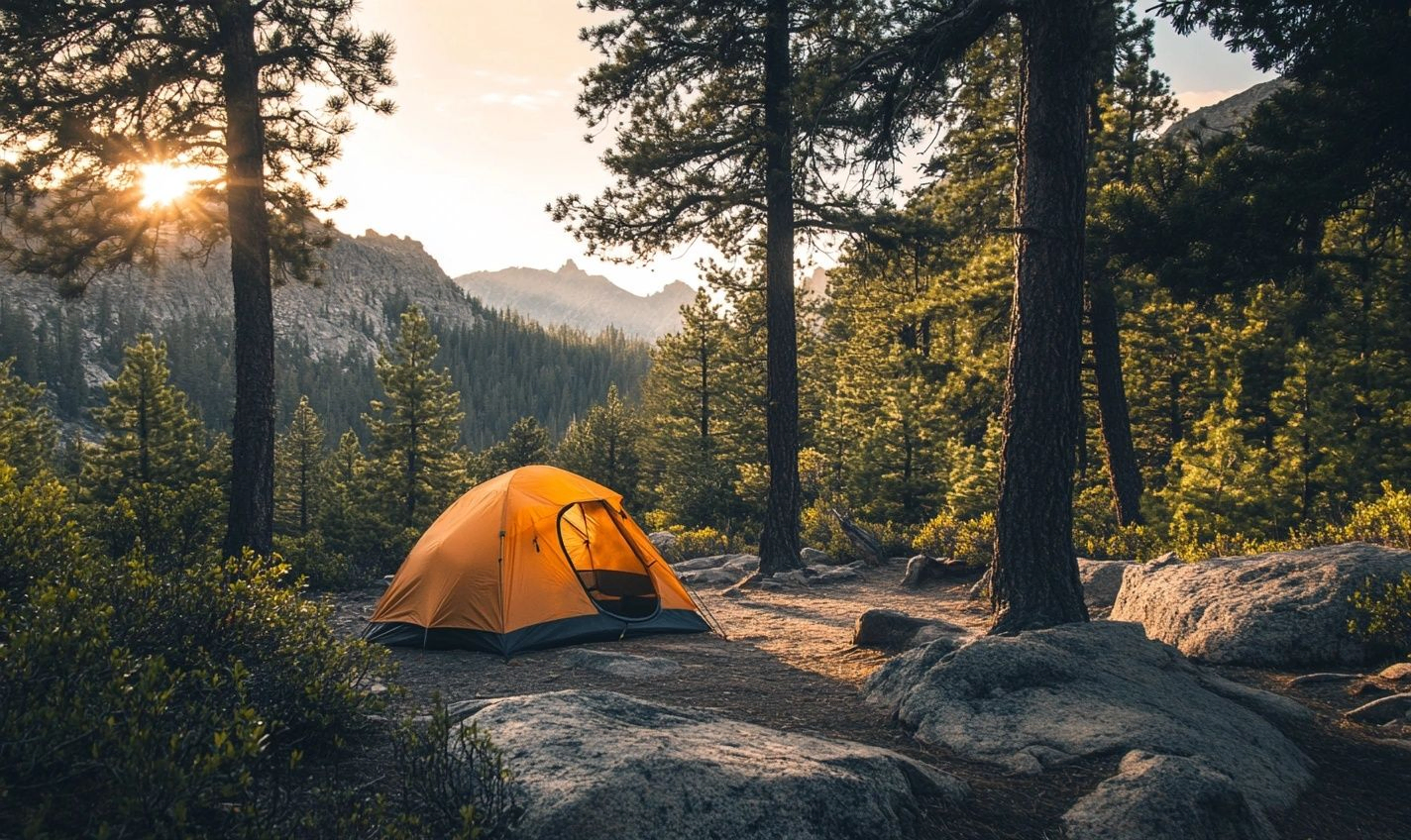
Comparing Different Materials Used in Camping Lightweight Tents
When choosing the ideal lightweight tent for your backpacking adventures, the material used plays a crucial role in determining its durability, weight, and overall performance. Let’s examine the common materials you’ll encounter and how they compare.
Silnylon:
Designed for its lightweight and waterproof properties, silnylon is a popular choice among backpackers. It offers excellent durability and performs well in various weather conditions, making it a versatile option for lightweight tents.
Cuben Fiber:
Known for being incredibly lightweight and tear-resistant, Cuben Fiber is a top-of-the-line material that provides exceptional strength without adding extra weight to your pack. While it comes at a higher price point, its performance justifies the investment for serious backpackers.
Polyester:
Polyester is a budget-friendly option that offers decent durability and UV resistance. While not as lightweight as silnylon or Cuben Fiber, it provides reliable performance for casual backpackers looking for a cost-effective choice.
Nylon:
Nylon balances durability, weight, and affordability, making it a popular choice for many backpackers. It offers good tear strength and UV resistance, making it a versatile material for lightweight tent construction.
When choosing the best backpacking tent material for your needs, consider the type of backpacking trips you typically embark on, the weather conditions you expect to encounter, and your budget. Each material has strengths and weaknesses, so weighing these factors will help you make an informed decision.
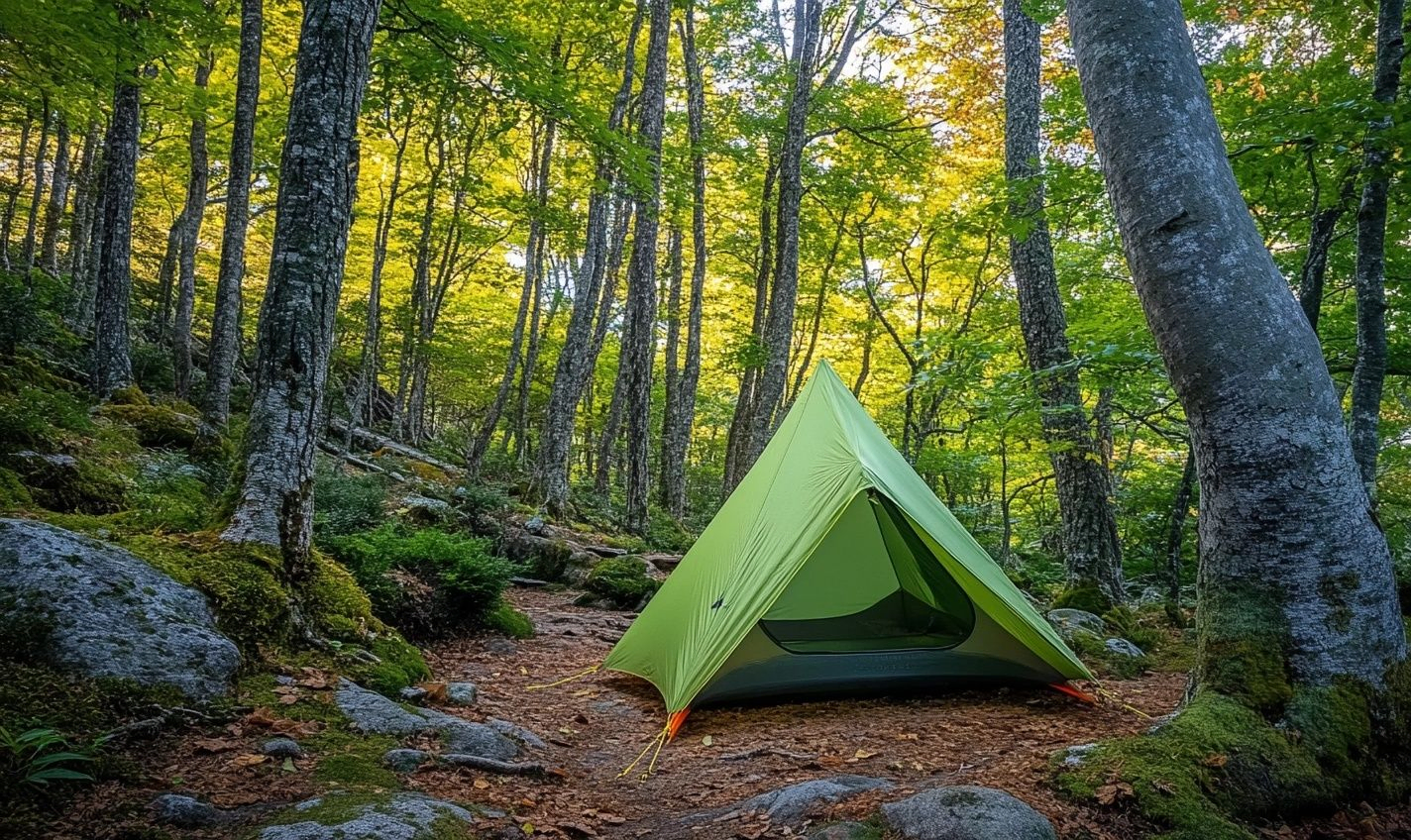
Top Tips for Choosing the Right Size and Capacity in a Backpacking Tent
When selecting the perfect lightweight tent for your backpacking adventure, one of the most critical factors to consider is the size and capacity of the tent. The last thing you want is to be cramped up in a tiny tent or have a tent that is too large to carry comfortably on your back. Here are some top tips to help you choose the right size and capacity:
Consider the Number of Sleepers:
- Determine how many people will be sleeping in the tent regularly.
- Ensure the tent has enough space for everyone to sleep comfortably.
Look at the Tent Dimensions:
- Review the tent’s length, width, and height to ensure it meets your requirements.
- Consider whether you need extra space for gear storage.
Weight Matters:
- Opt for a lightweight backpacking tent to make carrying it easier.
- Balance weight and space to ensure you have a portable yet comfortable shelter.
Choosing the right size and capacity in a backpacking tent is crucial for a successful outdoor experience. Remember, your tent is home away from home, so ensure it fits your needs perfectly.
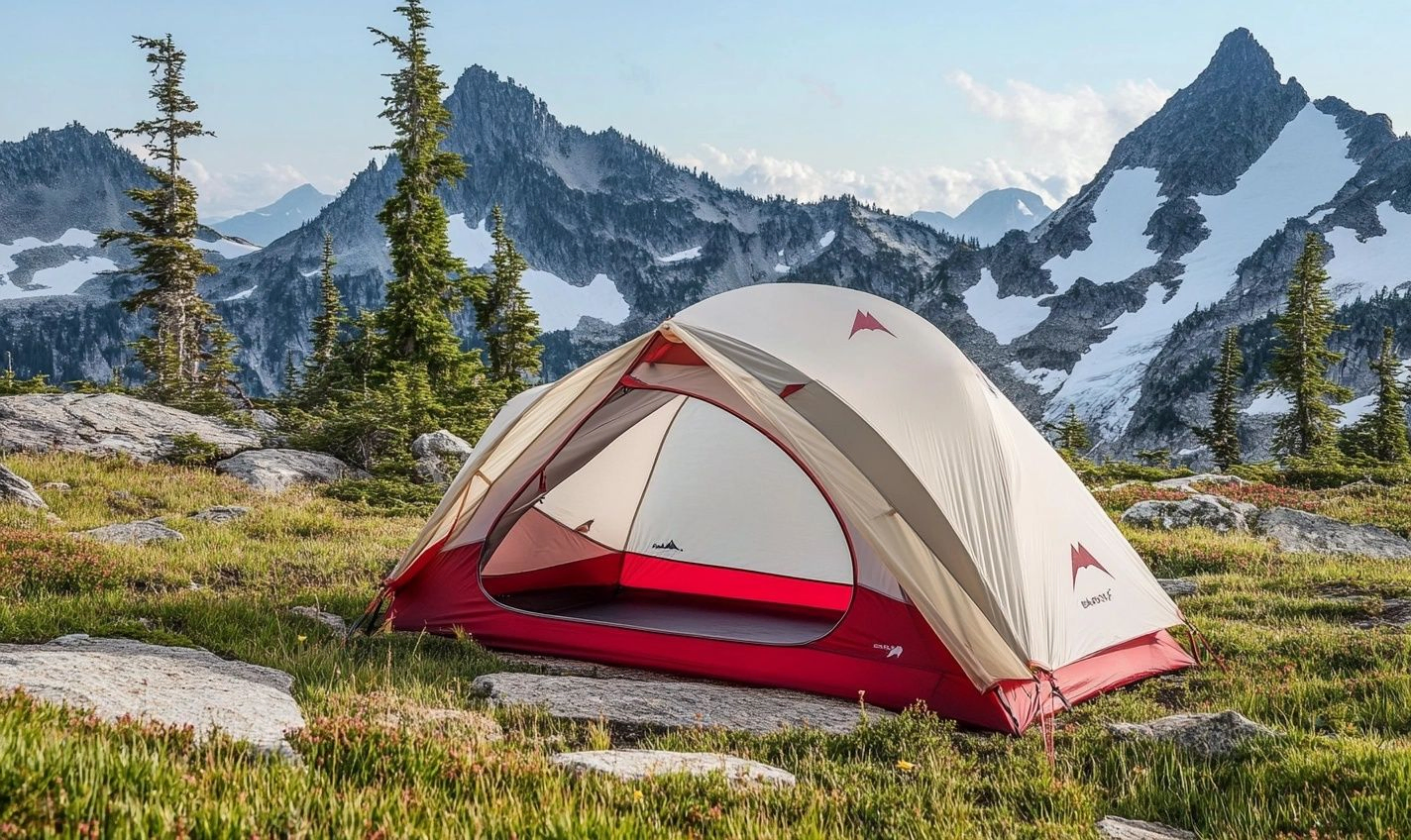
Setting Up Your Backpacking Tent Quickly and Efficiently
Congratulations on choosing the perfect lightweight tent for your backpacking adventure! Now, it’s time to learn how to set it up quickly and efficiently to maximize your outdoor experience. Follow these tips to ensure a stress-free camping experience:
Choose the Right Campsite
Look for a flat and level spot to pitch your tent. Clear the area of any rocks, sticks, or debris that could damage the tent floor.
Practice at Home
Before heading out, practice setting up your tent in your backyard. Familiarizing yourself with the process will save you time and frustration on the trail.
Simplify the Setup Process
Organize your tent components before starting. Lay out the tent body, rainfly, poles, and stakes to streamline the setup process.
Follow the Instructions
Every tent is different, so carefully read the manufacturer’s instructions for setting up your specific camping lightweight tent.
Remember, practice makes perfect when setting up your tent quickly and efficiently. Once you’ve mastered the process, you can explore the great outdoors more. Happy camping!
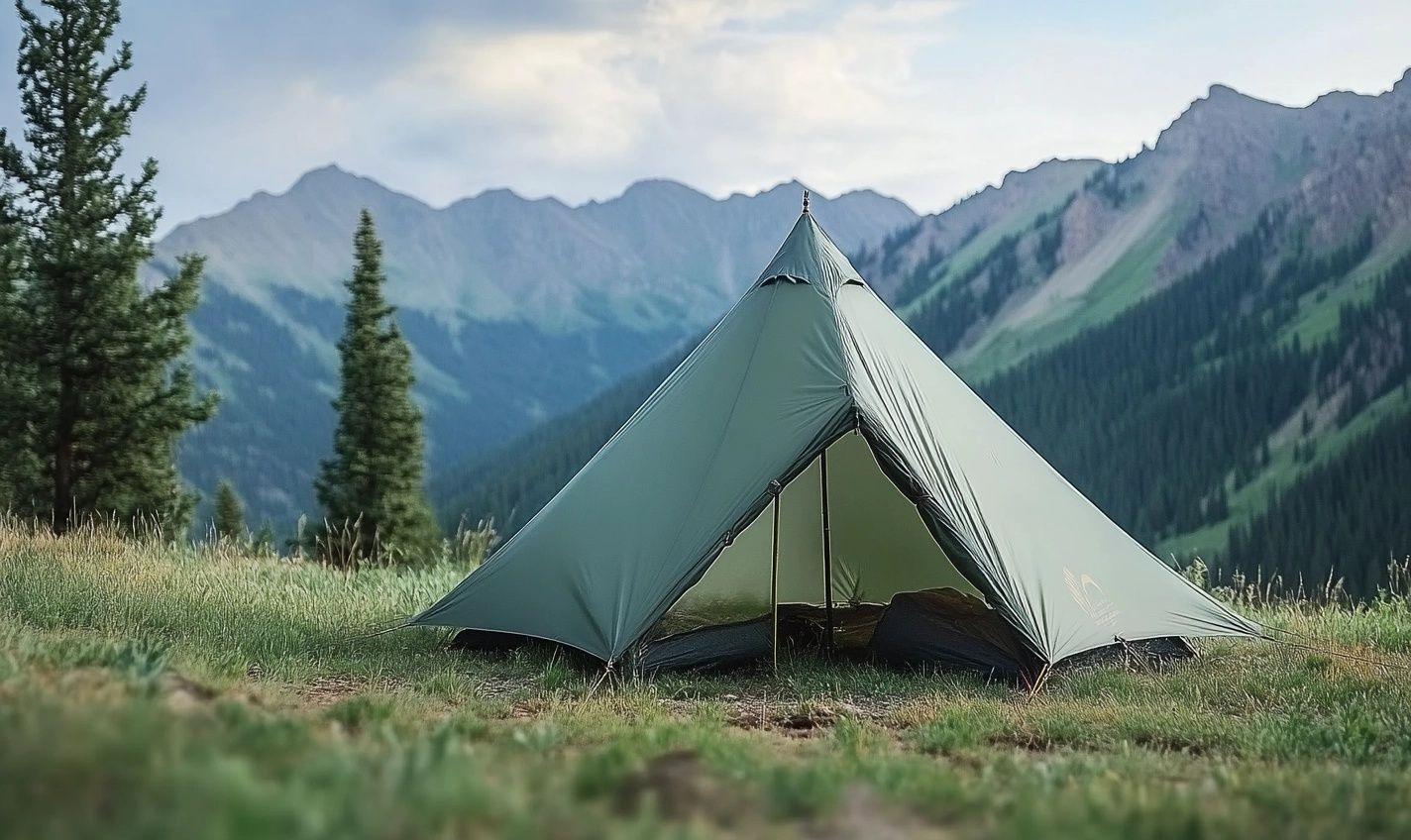
Stay Dry and Comfortable: Importance of Proper Ventilation in Lightweight Tents
One crucial factor to consider when embarking on a backpacking adventure is the tent you’ll be carrying. Lightweight tents are the go-to choice for backpackers due to their easy portability, but one often overlooked feature can significantly impact your camping experience: proper ventilation.
The Benefits of Adequate Ventilation
Proper ventilation in a lightweight camping tent keeps you dry and comfortable throughout the night. Here’s why it’s essential:
- It prevents condensation buildup, reducing the risk of waking up to a damp sleeping bag.
- It helps regulate the temperature inside the tent, keeping it cool in warm weather and warm in more excellent conditions.
- Improves air quality by reducing stuffiness and minimizing odors.
Innovative Ventilation Designs
Manufacturers of the best backpacking tents have come up with innovative ways to ensure optimal airflow within the tent:
- Mesh panels: Lightweight tents often feature mesh panels that enhance breathability while keeping bugs out.
- Adjustable vents: Some tents are equipped with adjustable vents that allow you to customize airflow based on the weather conditions.
Tips for Maximizing Ventilation
Here are some practical tips to make the most of the ventilation in your backpacking tent:
- Place your tent in a breezy spot to encourage air circulation.
- Keep the rainfly partially open to allow fresh air to enter the tent.
- Avoid blocking the vents inside the tent with gear or clothing.
Remember, a well-ventilated tent is not just a luxury but a necessity for a comfortable night’s sleep in the great outdoors. So, when shopping for your next lightweight tent, pay attention to the ventilation features to ensure a dry and pleasant camping experience.
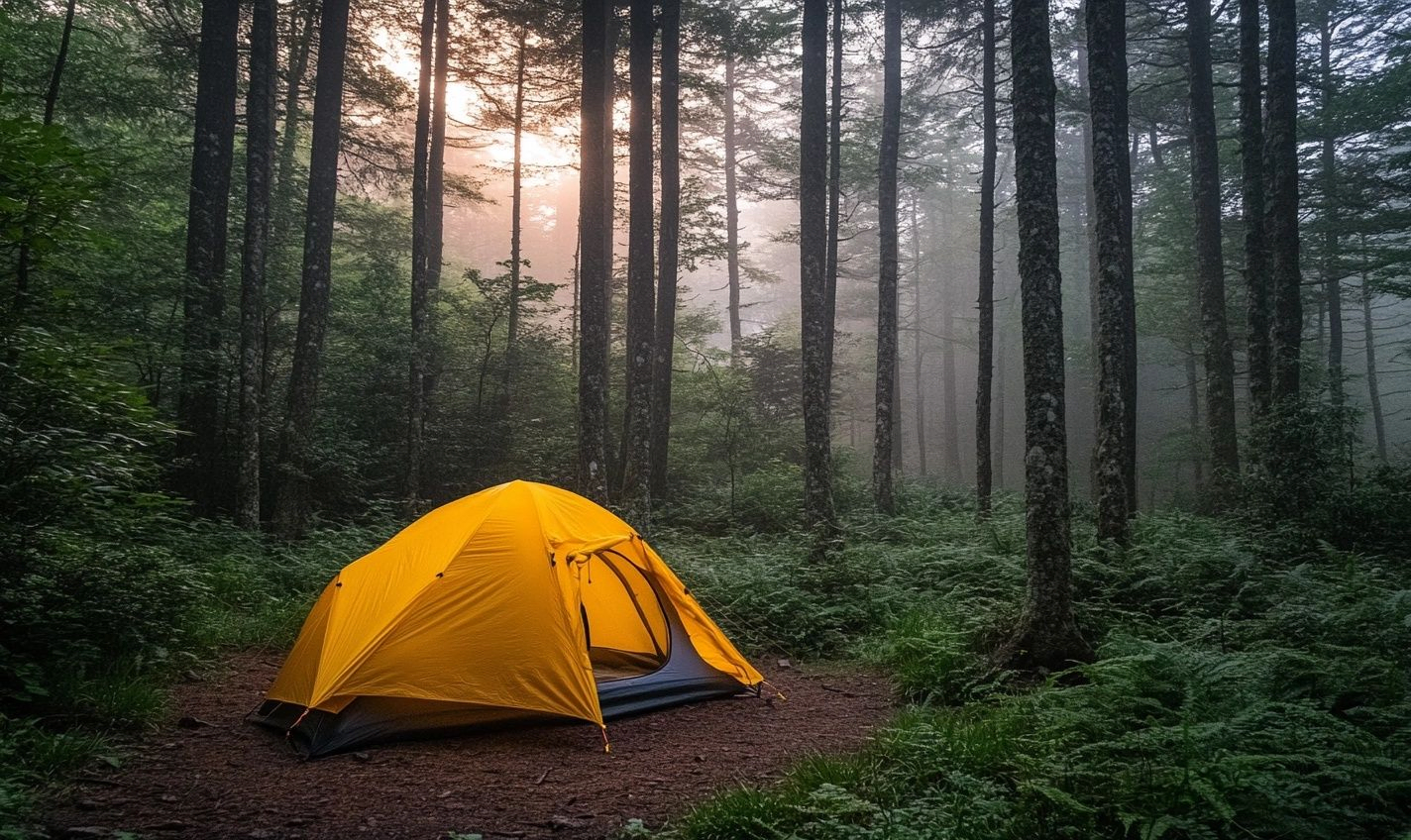
Protecting Your Lightweight Tent: Best Practices for Maintenance and Care
Keeping your lightweight tent in top condition ensures it lasts through many camping adventures. Here are some essential tips to help you maintain and care for your beloved shelter:
Regular Inspection and Cleaning
Like any equipment, your lightweight tent needs regular check-ups and cleaning sessions. Inspect it before and after every trip for damage, such as tears or bent poles. A simple wipe-down with a damp cloth can help remove dirt and grime that could damage the fabric.
Proper Storage
Store your best backpacking tent in a cool, dry place when not in use. Avoid leaving it packed tightly for an extended period, as this can lead to mildew growth. Instead, ensure it is scorched before storing it loosely in a breathable bag.
Handle with Care
Be gentle with the poles and fabric when setting up or taking down your lightweight camping tent. Avoid pulling or tugging forcefully, which can cause tears or weaken the seams. Treat your tent with care, and it will reward you with longevity.
Weather Protection
Use a footprint or ground tarp to protect your tent from harsh weather conditions. This extra layer will shield the bottom of your tent from sharp objects, moisture, and abrasion. It’s an additional step that can significantly prolong the life of your shelter.
Following these maintenance tips ensures that your backpacking tent remains in top-notch condition for all outdoor escapades. Remember, a well-cared-for tent is a reliable companion on your camping journeys.
Conclusion
When choosing the best lightweight tents for your backpacking adventures, consider factors like weight, durability, and ease of setup. Opting for a high-quality, lightweight tent can significantly impact your overall camping experience.
With a wide range of options available on the market, from ultralight minimalist shelters to versatile freestanding tents, finding the perfect balance between weight and features is crucial. Remember to prioritize your specific needs and preferences when selecting your backpacking tent.
Whether you’re a seasoned backpacker or a novice camper looking to explore the great outdoors, investing in a top-rated lightweight tent will enhance your camping experience and make your adventures more enjoyable. The right tent can provide comfort, protection from the elements, and a cozy place to rest after a long day on the trail.
So, before you embark on your next backpacking trip, take the time to research and compare different lightweight tent options to find the one that best suits your needs. With the right gear in tow, you can confidently hit the trails and immerse yourself in the beauty of nature, knowing that you have a reliable shelter to call home under the stars.
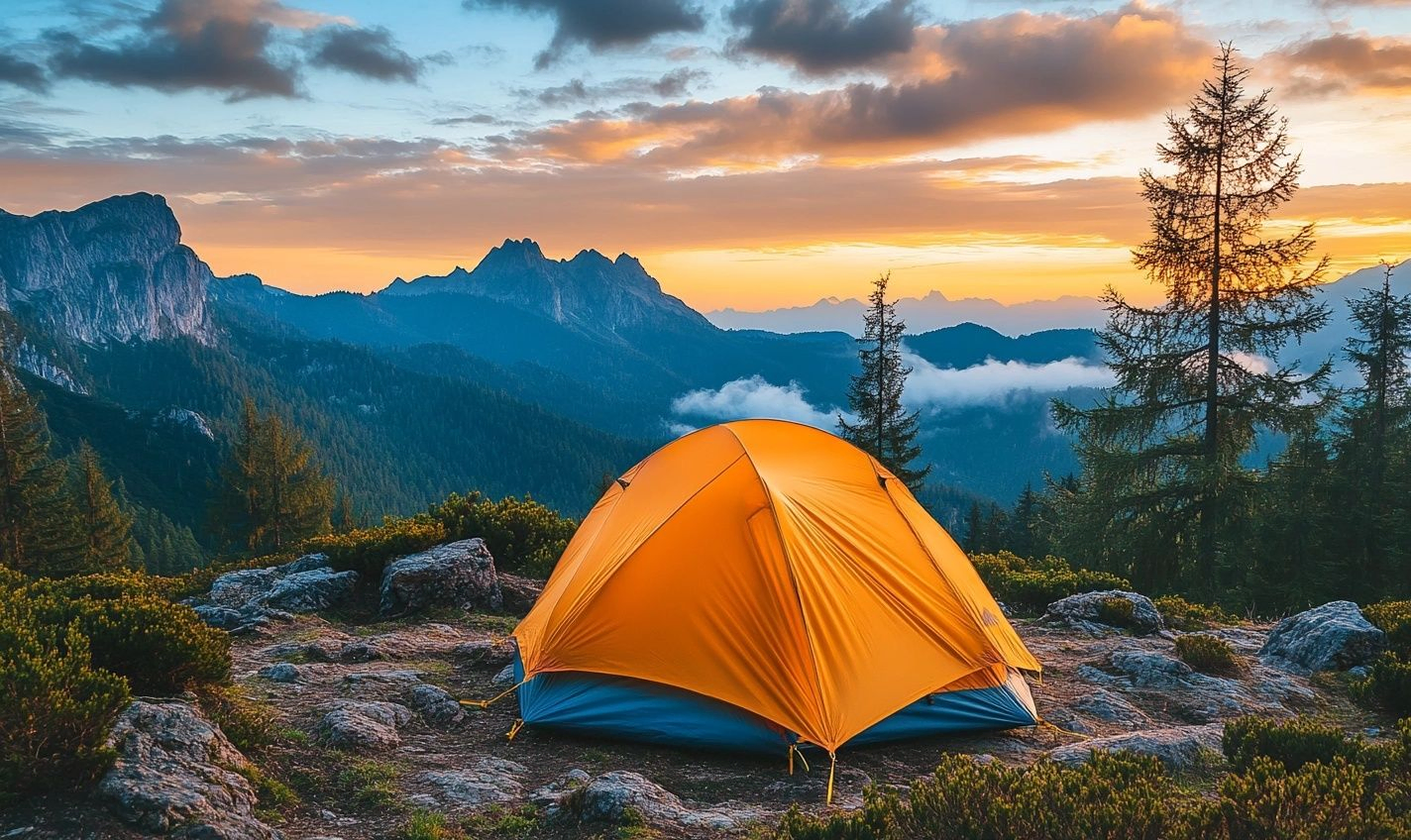
Frequently Asked Questions (FAQs)
What are lightweight tents?
What factors should I consider when choosing the best backpacking tent?
How do I choose the proper lightweight camping tent for my needs?
What are some of the best backpacking tents available in the market?
Can lightweight tents withstand harsh weather conditions?
How to properly maintain a backpacking tent?







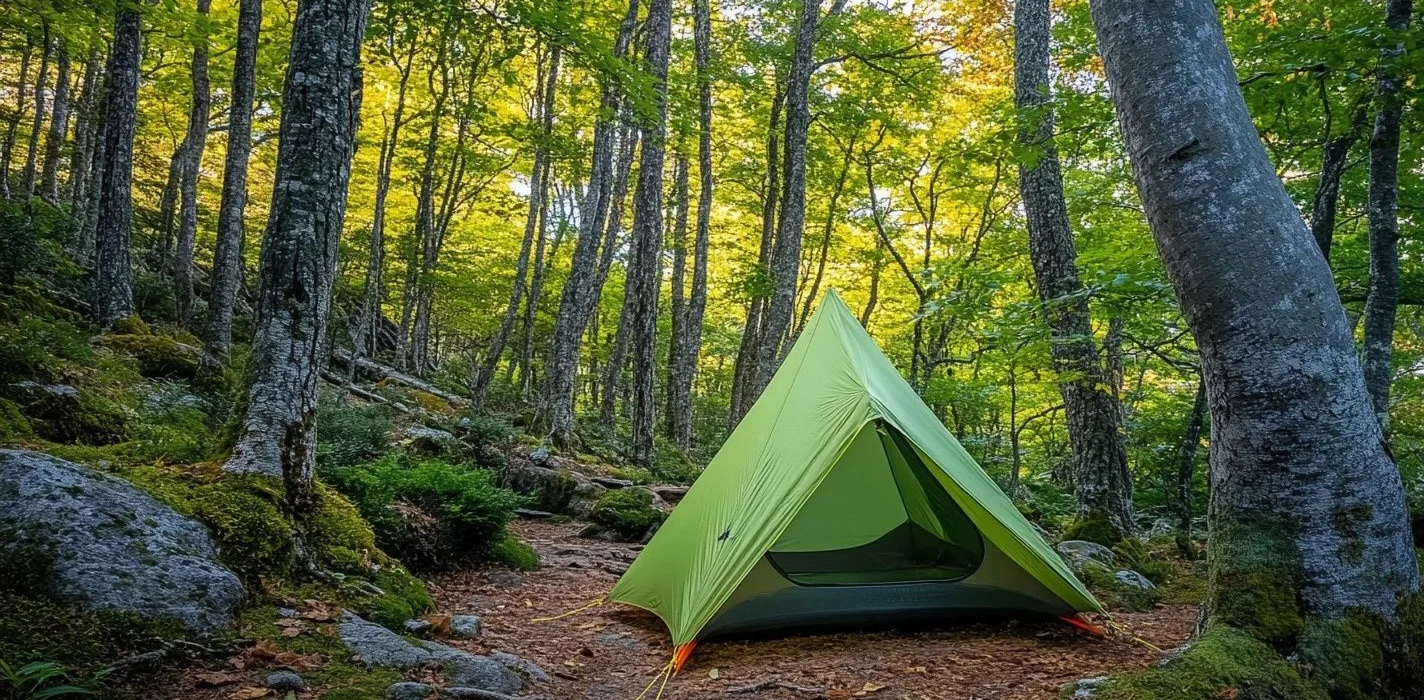


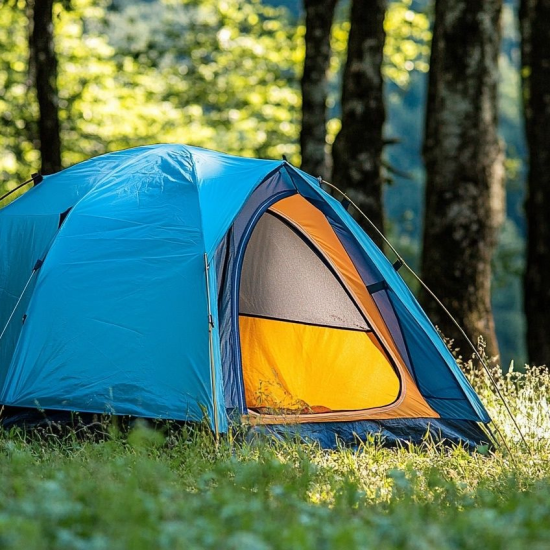
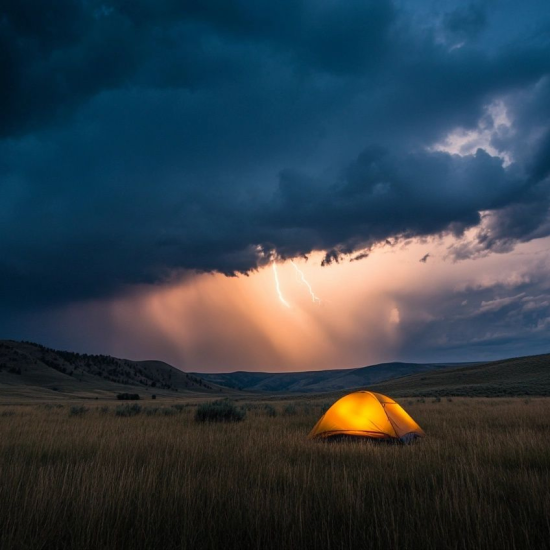
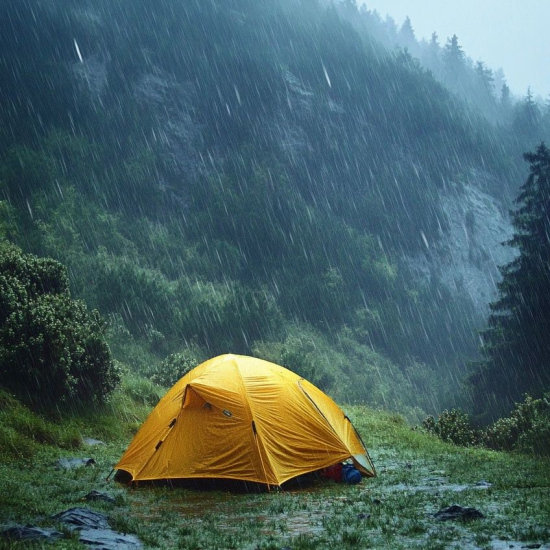
No Comment! Be the first one.